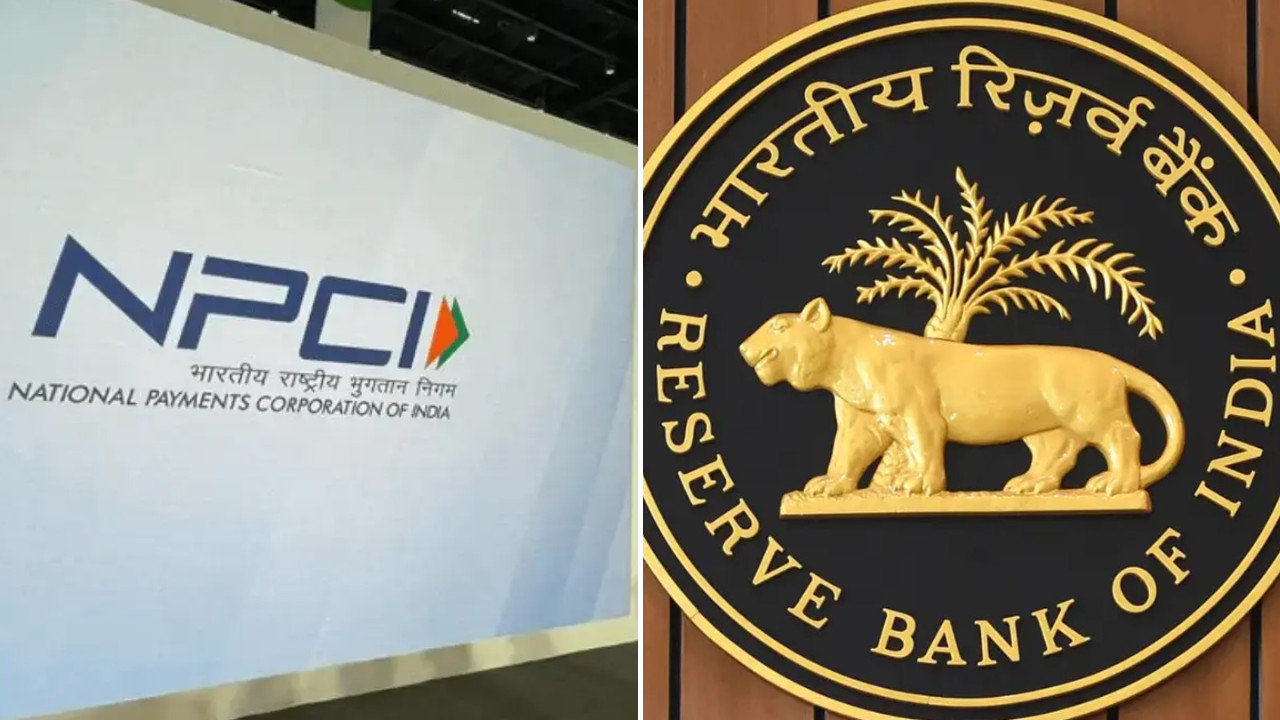Faced with a 25% US tariff, the Indian government is urging exporters to develop domestic brands and is considering measures like reduced testing fees for smaller exporters. The focus is on sectors like marine products, which now face increased competition. The government is also exploring employment-linked programs and fixed-price intermediate products to support exporters.
Riding the “Made in India” Wave: Can Branding Save Our Exports?
For years, Indian manufacturers have quietly powered global supply chains, churning out goods that end up bearing the labels of international giants. But whispers in the corridors of power suggest a shift is underway – a strategic pivot towards building proudly Indian brands that can stand shoulder-to-shoulder with the best in the world. This isn’t just about national pride; it’s about safeguarding our economic future in an increasingly protectionist world.
The impetus? Let’s face it, a not-so-subtle nudge from Washington. When tariffs rise, as they did with the 25% levy imposed by the Trump administration (and still lingering), the pain is felt acutely by exporters. Suddenly, price competitiveness takes a nosedive, and market share becomes a battleground. The Modi government understands that passively absorbing these blows isn’t a sustainable strategy. Instead, they’re betting on brand power.

Why Brand Building Matters More Than Ever
The core idea is elegantly simple: when a product carries the weight of a respected brand, its value transcends mere price tags. Think about it. People aren’t just buying a phone; they’re buying an iPhone. They’re not just buying sportswear; they’re buying Nike. The brand name becomes synonymous with quality, innovation, and a certain lifestyle.
This kind of brand equity provides a crucial buffer against tariff hikes. Consumers are more willing to absorb a slight price increase if they believe in the brand and its perceived value. It also allows Indian companies to command premium prices, boosting profit margins and reducing reliance on razor-thin margins that are so easily eroded by import duties.
The Government’s Push for Brand Building
The government isn’t just sitting back and hoping for the best. It’s actively encouraging exporters to invest in brand building. What this looks like on a practical level includes a multi-pronged approach:
* Financial Incentives: Expect to see increased funding and support for marketing and branding initiatives, particularly for small and medium-sized enterprises (SMEs). These are the businesses that often lack the resources to compete on a global stage, but they hold tremendous potential for innovation and growth.
* Streamlined Regulations: Bureaucracy can be a major impediment to businesses trying to expand internationally. Simplifying export procedures and reducing red tape will free up time and resources for companies to focus on brand building.
* Promotional Campaigns: Look for more “Made in India” campaigns on the global stage, showcasing the quality and innovation of Indian products and services. These campaigns aim to change perceptions and build a strong national brand identity.
* Supporting Innovation: Fostering a culture of innovation is critical to long-term brand success. The government is investing in research and development, encouraging collaboration between industry and academia, and promoting entrepreneurship to create a pipeline of innovative products and services.
Challenges Ahead in Brand Building
The path to building globally recognized Indian brands won’t be without its hurdles. Overcoming ingrained perceptions of lower quality, investing heavily in marketing and distribution, and building trust with consumers will be a long and arduous process.
Indian companies also need to be mindful of cultural nuances in different markets. What works in India may not resonate with consumers in Europe or North America. A deep understanding of local preferences and tastes is essential for successful brand building.
Furthermore, simply slapping a “Made in India” label on a product isn’t enough. Brands need to stand for something – quality, innovation, sustainability, or social impact. Authenticity and transparency are crucial for building trust with consumers in today’s hyper-connected world. This is also closely linked to the necessity of building quality products. See [this guide to Indian manufacturing](internal-link-to-related-content) for more on that.
A Future Forged by Indian Brands
Despite the challenges, the potential rewards of building strong Indian brands are enormous. Not only can it safeguard our export sector from the vagaries of international trade, but it can also create jobs, boost economic growth, and enhance India’s global standing. By investing in brand building, Indian exporters can take control of their own destiny and create a future where “Made in India” is synonymous with quality, innovation, and value. The world is waiting to see what we have to offer.
slug: india-brand-building-export







